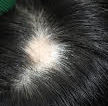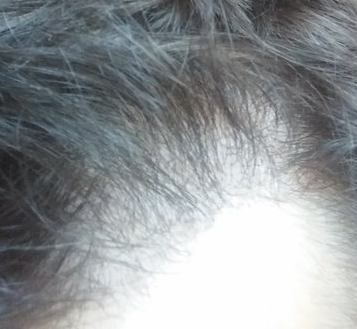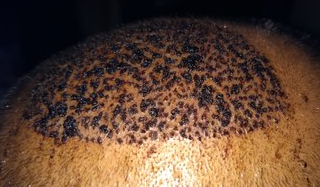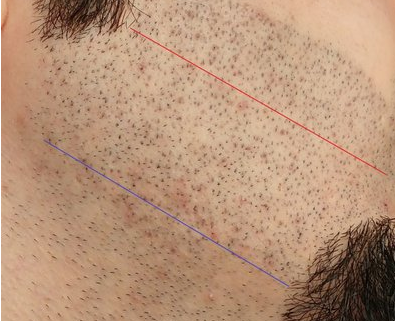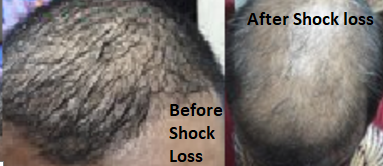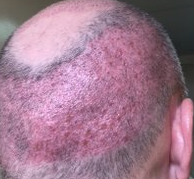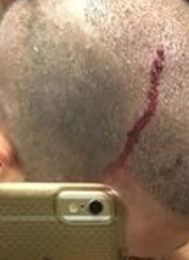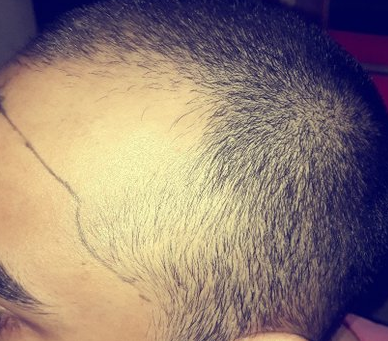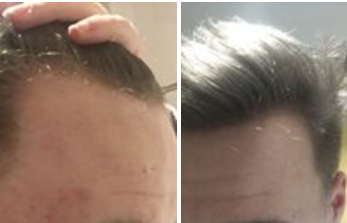Yes, it is not unusual to thicken up the transplant with a second hair transplant, especially people with fine hair. Mechanically, there are limits to how close one can place grafts in a first surgery but on a second surgery, the surgeon goes between the previous grafts and this will double the density. After the next surgery, you should look good.
You have a Class 3 Vertex pattern of hair loss which means that you are losing frontal hair and crown hair. At your age, I would suspect that if you lose more hair, it will not be very dramatic. You could try the drug finasteride (requires a doctor write a prescription for it) or you can transplant it. Transplants will work well for someone of your age and probably you will be stable so after a hair transplant you will just look like you never lost any hair
The recipient area requires daily washes to keep the recipient area free of crusts. I generally recommend the use of a sponge and supply my patient with a surgical sponge to fill with soapy water and press on the recipient area daily. By repeating this daily, all crusts can be washed off without any fear of losing grafts. If any crust are present, use a Q tip and dip it into soapy water, and roll it on the crusts and that will lift them off without dislodging them, but never rub them, just roll the Q tip on the recipient crust. I like to see no evidence of any crusting in the recipient area and the crusts from the donor area gone in 7-10 days with daily washing. Now you should NOT pick off the crusts as they will slowly fall off on their own with daily shampooing. Leave the shampoo on your scalp for 10 minutes and then gently rub it with your finger tips once it is water logged. That will get the crusts off without risk to the grafts.
If you have cobblestonning it may be related to the amount of skin that you had on the recipient grafts. Also you will find that this skin will be very sensitive to sun. I always trim off the skin when I transplant the beard or scalp so that I avoid cobblestonning and a significant skin disc which easily develops sun burn for the first year or two.
The photo on the left is before the surgery and the photo on the right is after the surgery. The loss of hair reflects shock loss and it could have been prevented with the drug finasteride in 95% of young men who take this drug. This 25 year old male, lost most of his native hair from the transplant, something we see often in young men when they do not take finasteride
The permanent zone is measured from the base of the skull a distance up of approximlately 3 inches at most. If the donor area is larger than 3 inches on the sides or back, then this hair may eventually fall out in the years to come. You have gray hair suggesting that you are probably over 50, so that might make the risk of loss less, if your recession of the hair in the back has stopped. If it did not stop, then you may see the ‘white dots‘ associated with the FUE extraction once you lose the hair on the upper fringes.
Split ends on hair follicle shafts usually reflects damage from the use of blow dryers, hot irons and other tools that help you style your hair.
“Being overweight or obese significantly increased the risk of developing at least 13 types of cancer, according to a report by the Centers for Disease Control and Prevention. Now that a larger proportion of the American population is overweight or obese, the rates of obesity-related cancers have increased. Between 2005 and 2014, the rate of obesity-related cancers, excluding colorectal cancer, increased by 7%. Over the same period, non–obesity-related cancers declined, according to C. Brooke Steele, DO, of the CDC’s Division of Cancer Prevention and Control, and her associates” (source: Internal Medicine New, October 10, 2017)
There are many people with such deformities. The association with finasteride has not been shown as one on one. Despite this, there are many claims that the two are related and the courts are full of men with such complaints. The prevalence of Peyronies disease is 1.5-6.5% (1.5% in young men and more common in older men as high as 6.5%) and this has nothing to do with the drug finasteride. Pictures of this condition can be found here: https://peyronies-disease-help.com/pictures-peyronies-disease-penile-curvature/
Money is not a problem if I need a hair transplant. Can you transplant me so that I can keep my youthful look which is critical to my acting career if my balding keeps going?
Money may be your greatest enemy as some doctors will want to take your money and not look to your future welfare. What you need is a Master Plan with a good doctor. You can expect to develop a mature hairline in the next few years and this is not balding. I generally recommend that you start off with HAIRCHECK instrument test that will tell you if there is ANY early balding. If the test is positive for early balding that the eye can not see, then you will need a medication protocol to slow or stop the balding. Hair transplants are NOT an option for men of your age as the future balding pattern, if you are balding, does not show up until you get into your 20s and can’t really be predicted until you are at least 25, so a Master Plan for the balding person must take into account the progressive nature of hair loss and how far the balding will go because for hair transplant treatments, the donor supply is finite (limited) and it must be used judiciously so that you never have a half finished look (like running out of paint if you painted your car so that the car will never be normal looking).
I have been on Propecia for the last 3 years and it’s worked well. It has come to a stage where I would like to have a child with my wife. I have been researching for answers about effects of Propecia whilst conceiving on the internet and although there are many answers stating that it’s safe to carry on taking whilst trying to conceive, I am still unsure and not convinced. In the end I would not want to jeopardize the health of the child. May I ask, if I was to halt taking Propecia, how long should I wait to be sure that it is completely out of my system and that the sperm count and morphology would be completely back to normal?
This is a difficult question to answer. There are millions of men on this drug and I don’t believe that there is any report of the defect that is known if women took the drug. Also the semen levels are very, very low and the drug really impacts the growing fetus in the first trimester. Most of the warnings are medical-legal ones. The drug fixes to tissues in the body and this tissue fixation lasts about 1 week. If there are sperm reductions, it could take up to 6 months for this to reverse, probably less.
The answer is no, you cannot have a hair transplant. I also always perform bulk measurements with an instrument called HAIR CHECK which is a good way to determine just how much thinning you have that you cannot see. Once this test is done and you have gone a year, I often repeat the test as it gives an excellent measurement on what happened to your hair over the year. If it got better and some of the thinning reversed, maybe you won’t need a transplant and that is the goal that you should look to do. Of course, a good doctor is critical to this course.
Page 354 of 636

